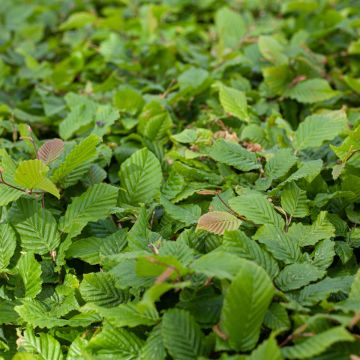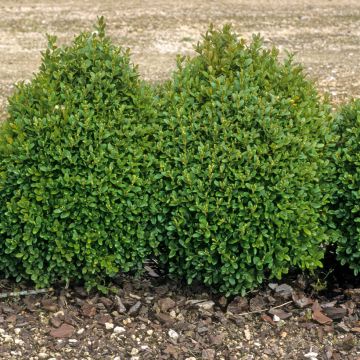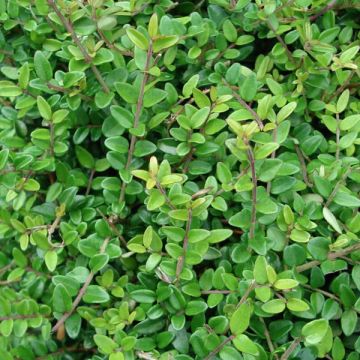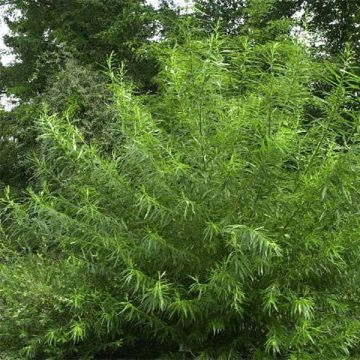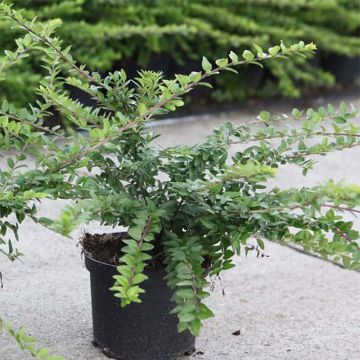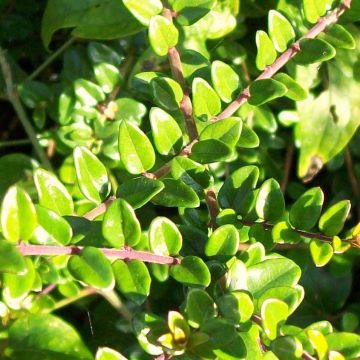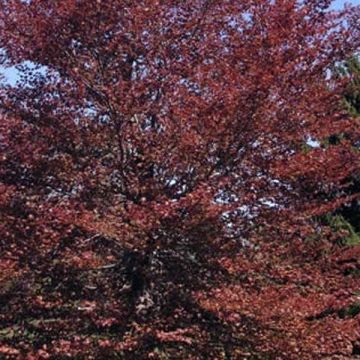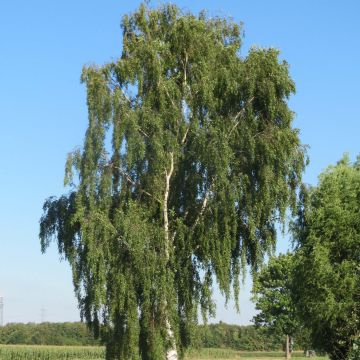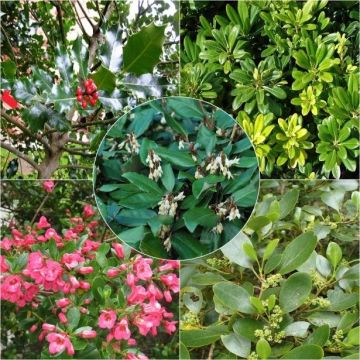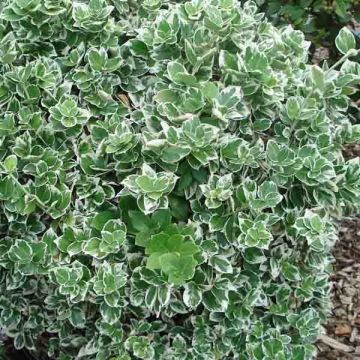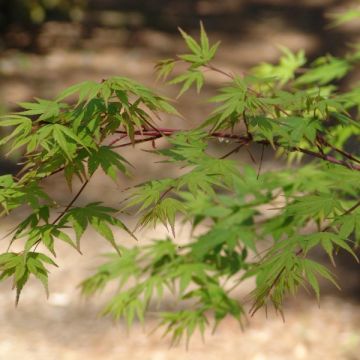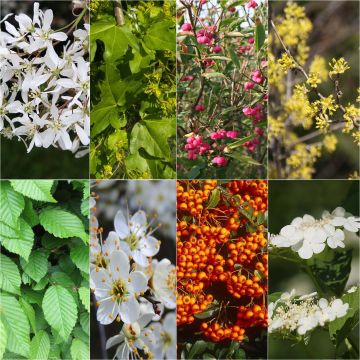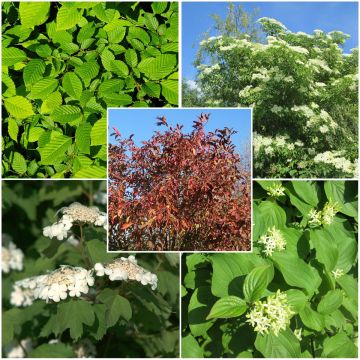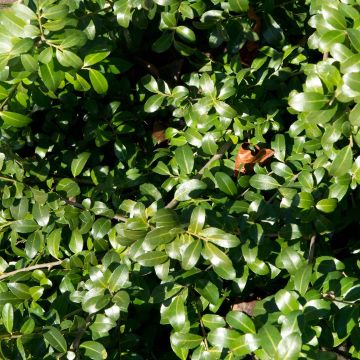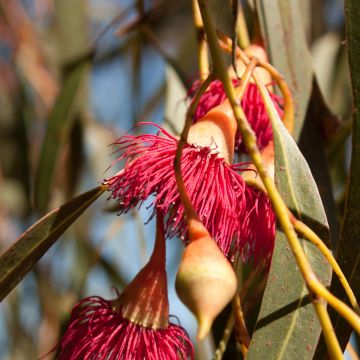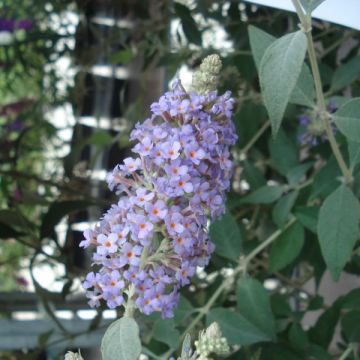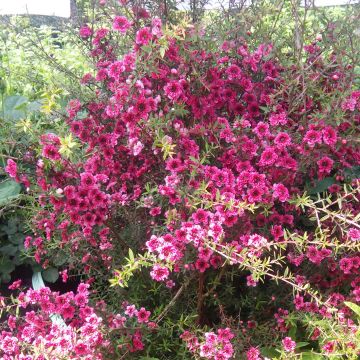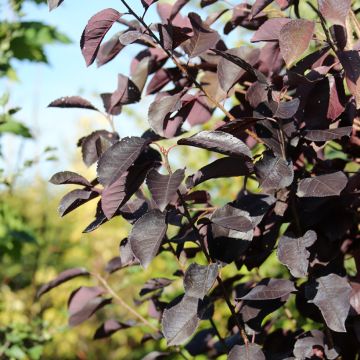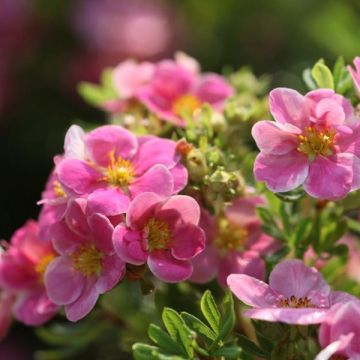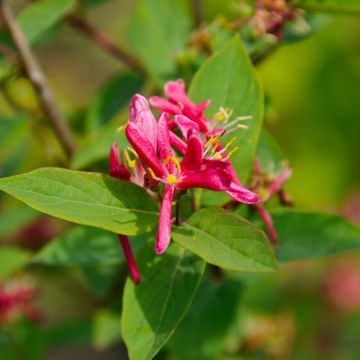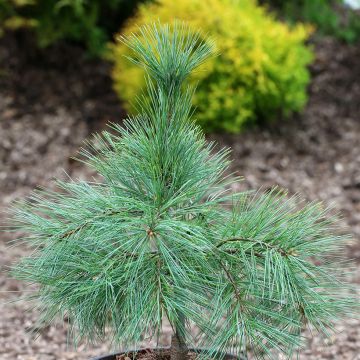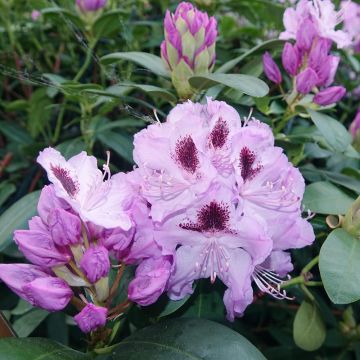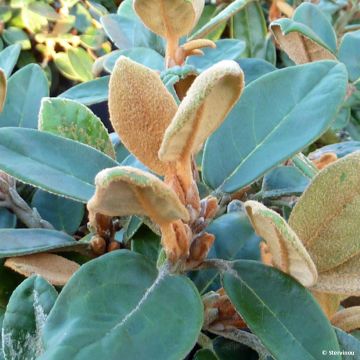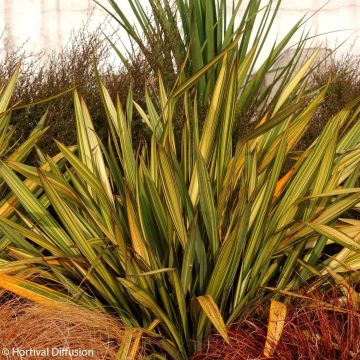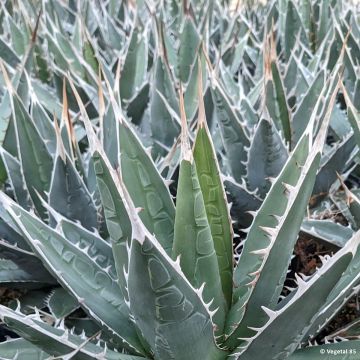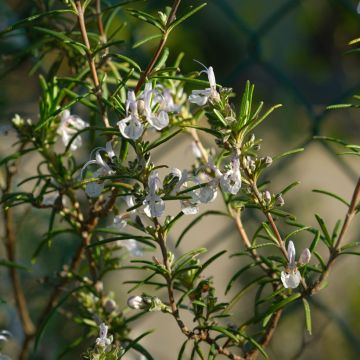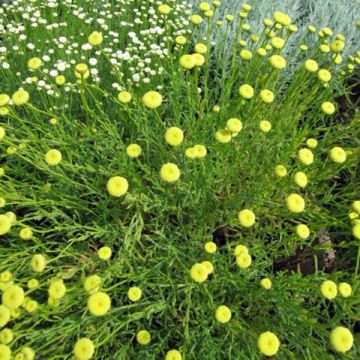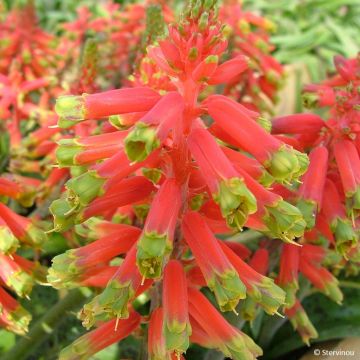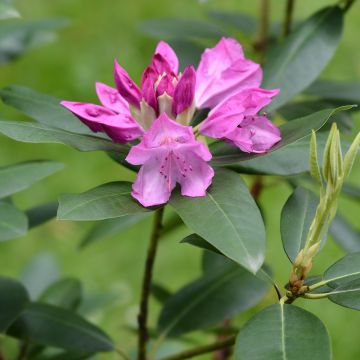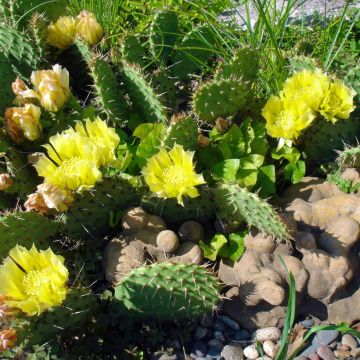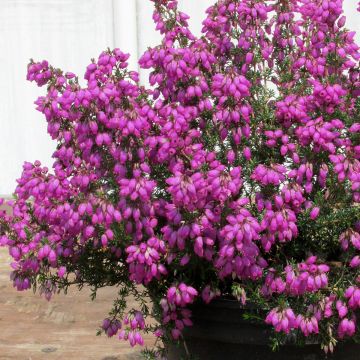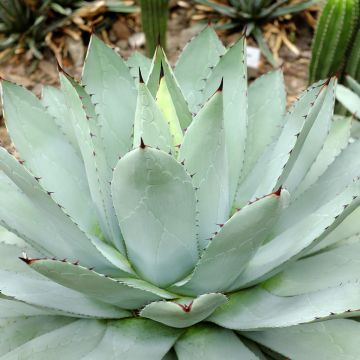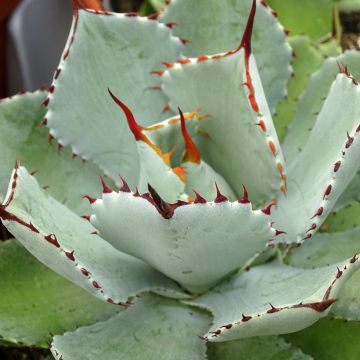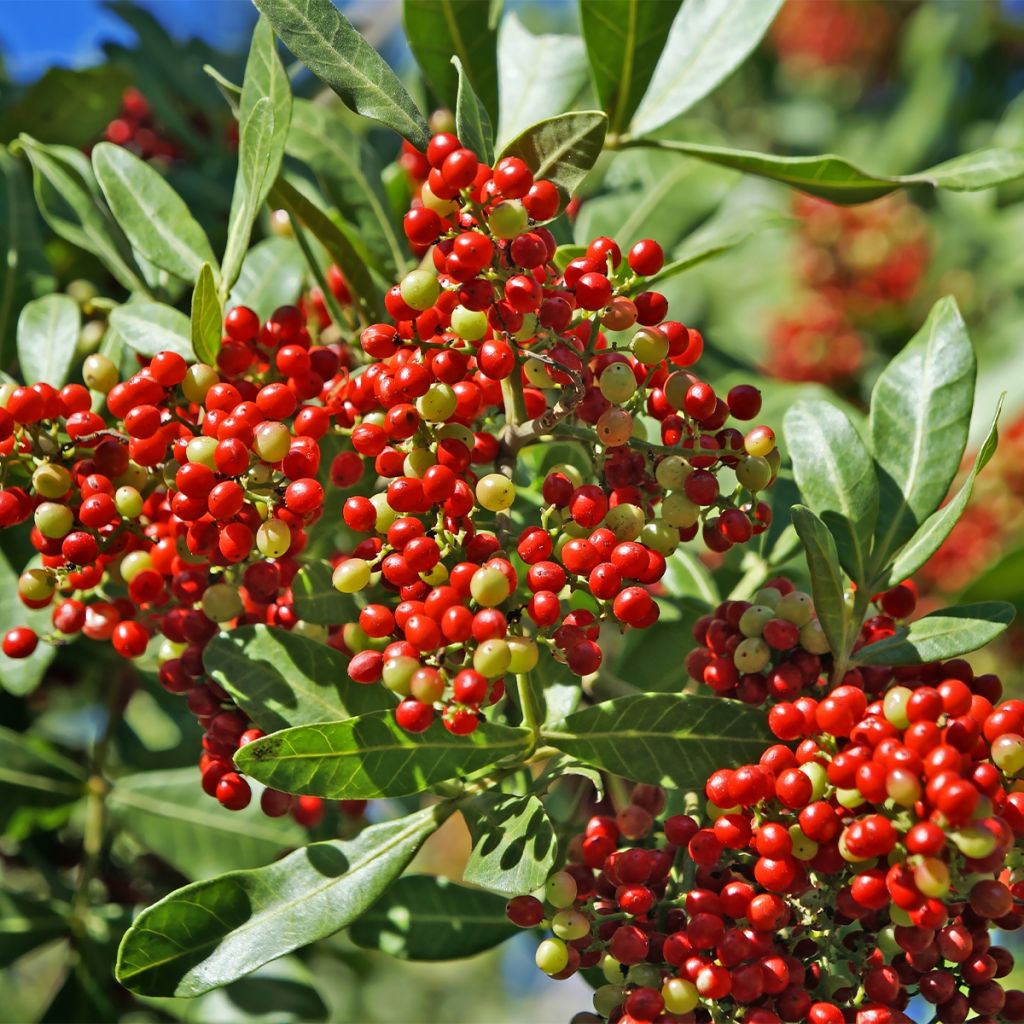

Schinus terebinthifolius - Faux-poivrier, Poivre rose
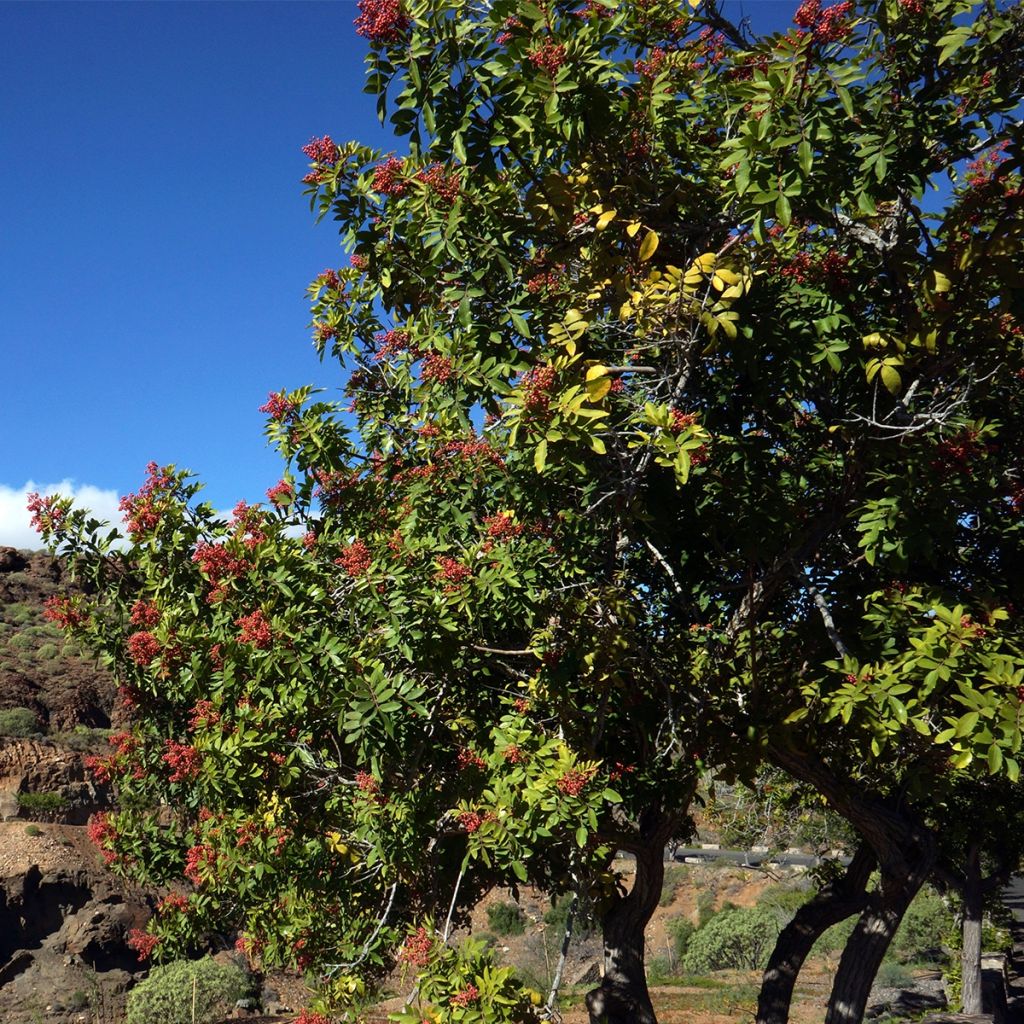

Schinus terebinthifolius - Faux-poivrier, Poivre rose
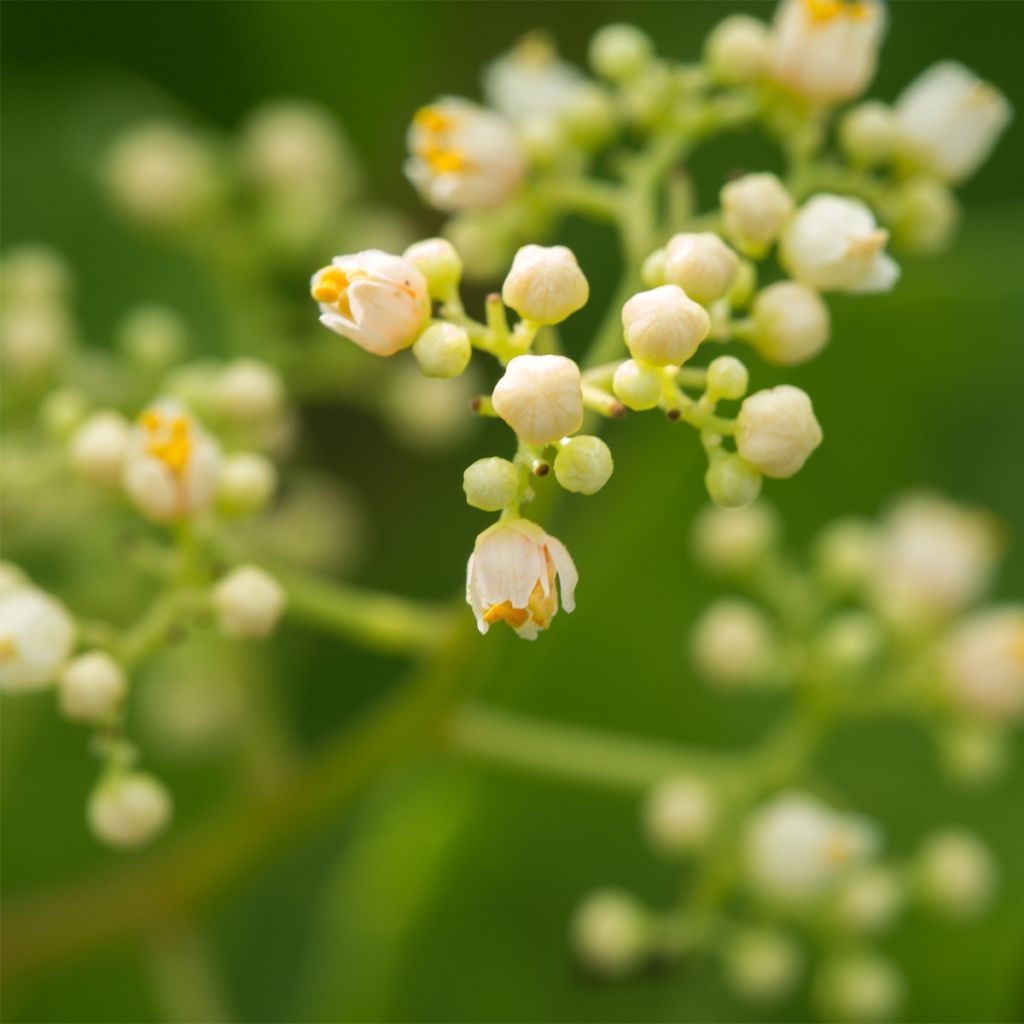

Schinus terebinthifolius - Faux-poivrier, Poivre rose
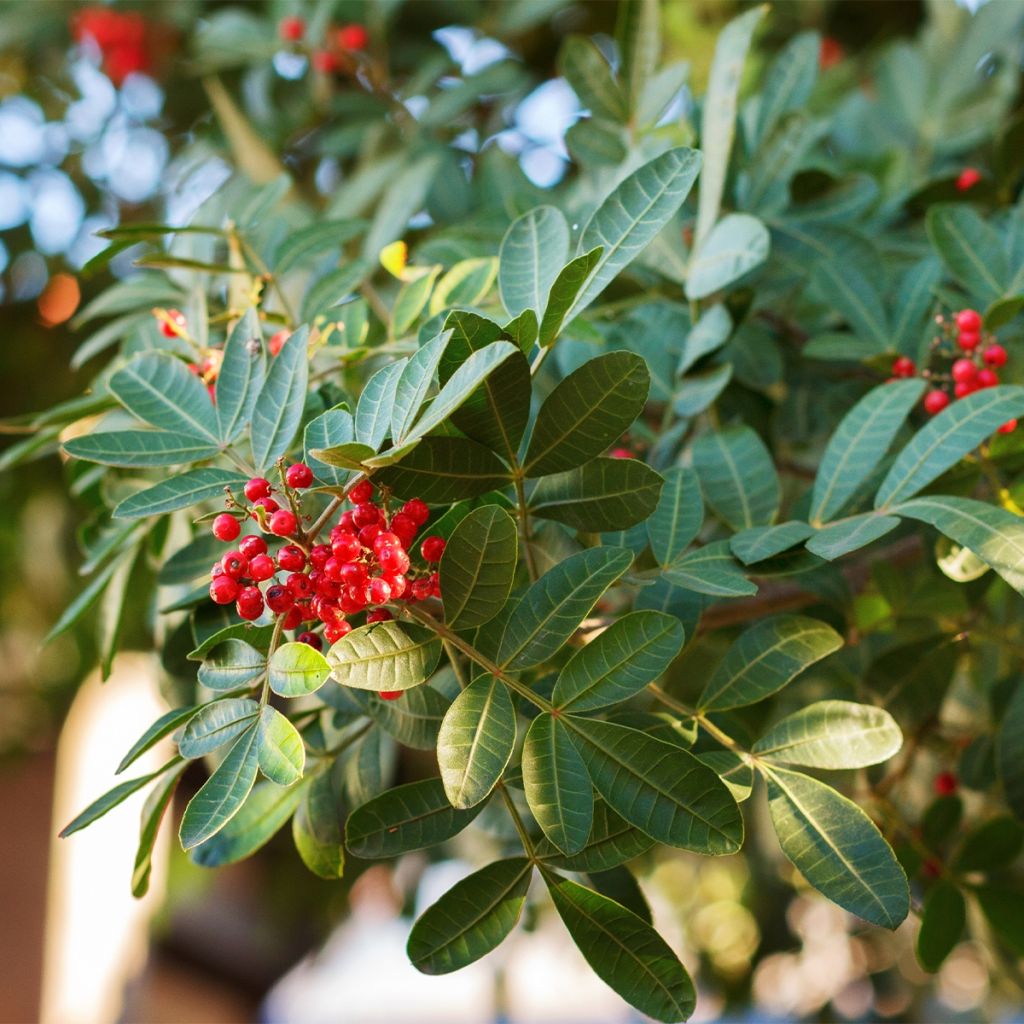

Schinus terebinthifolius - Faux-poivrier, Poivre rose
Schinus terebinthifolius
Schinus terebinthifolius
Brazilian Pepper Tree, Florida Holly, Christmasberry
From blooming, the pepper has started well and it is currently flowering. Well done!
Hans-Peter F., 10/12/2022
Why not try an alternative variety in stock?
View all →This plant carries a 24 months recovery warranty
More information
We guarantee the quality of our plants for a full growing cycle, and will replace at our expense any plant that fails to recover under normal climatic and planting conditions.
From €5.90 for pickup delivery and €6.90 for home delivery
Express home delivery from €8.90.
Does this plant fit my garden?
Set up your Plantfit profile →
Description
The False Pepper Tree, in Latin Schinus terebinthifolius, is a small evergreen tree from South America whose pink-red berries with a subtly peppery flavour are used as a spice, earning it the common name of Pink Pepper. It is ornamental with its spreading habit, large pinnate leaves, and pendulous cream-white panicles of nectar-rich flowers. The female plants produce the famous pink berries when in the nearby presence of a male plant. This Brazilian pepper tree is a subtropical species that is cultivated in open ground only on a warm and sunny coast where frosts are only light and passing. Elsewhere, it can be grown in large pots and overwintered in an unheated but frost-free greenhouse or conservatory.
Schinus terebinthifolius belongs to the family of cashews. This False Pepper Tree is native to Central America and tropical South America. It is found in Chile, Brazil, Argentina, Paraguay, and Uruguay. It is also cultivated on Reunion and Madagascar, for its berries. Its name comes from the Greek "schinos" which is translated as mastic, because the tree secretes an aromatic substance similar to the resin of mastic pistachio trees (Pistacia lentiscus and P. terebinthifolius). Its frost resistance is estimated at -4 or -5 °C at the lowest for a well-established plant.
Schinus terebinthifolius is a tree that reaches up to 6m (20ft) in height with a 3m spread when grown in open ground on the coast. It has a short trunk covered with a slightly warty brown bark and a spreading crown that gives it a flexible shape. Its evergreen leaves are arranged alternately, between 7.5 and 15 cm (3 and 6in) long, and composed of 5 to 9 elliptical or oblong green leaflets, when crushed they release a peppery and balsamic scent. Flowering occurs from May-June to July depending on the climate. The small cream-white flowers are arranged in highly branched clusters up to 10 cm (4in) long, mainly formed at the base of the upper leaves. They exude a scent of turpentine and pepper that attracts bees. The bees produce a honey called 'pink berry honey' with a delicate fragrance from the nectar. The Schinus is a dioecious tree: male and female flowers are borne on separate plants. After pollination, the female plants produce clusters of small round, pink-red shiny fruits 4 to 5 mm (1in) in diameter, delicately aromatic. Their flavour is a blend of pepper, anise, and sweet notes. Each berry contains a small seed with a peppery smell.
The False Pepper Tree is a very attractive and uncommon plant that brings exoticism to coastal gardens, as long as it is not directly exposed to sea spray. This small tree likes warmth, sun, and deep soils that allow it to withstand dry periods. It can be associated with tall palm trees, Cordylines, Cycas, and other Banana Trees. When grown in a container it will remain smaller. It should be taken outside as soon as possible in spring and brought indoors in autumn before the first true frosts.
Report an error about the product description
Schinus terebinthifolius in pictures
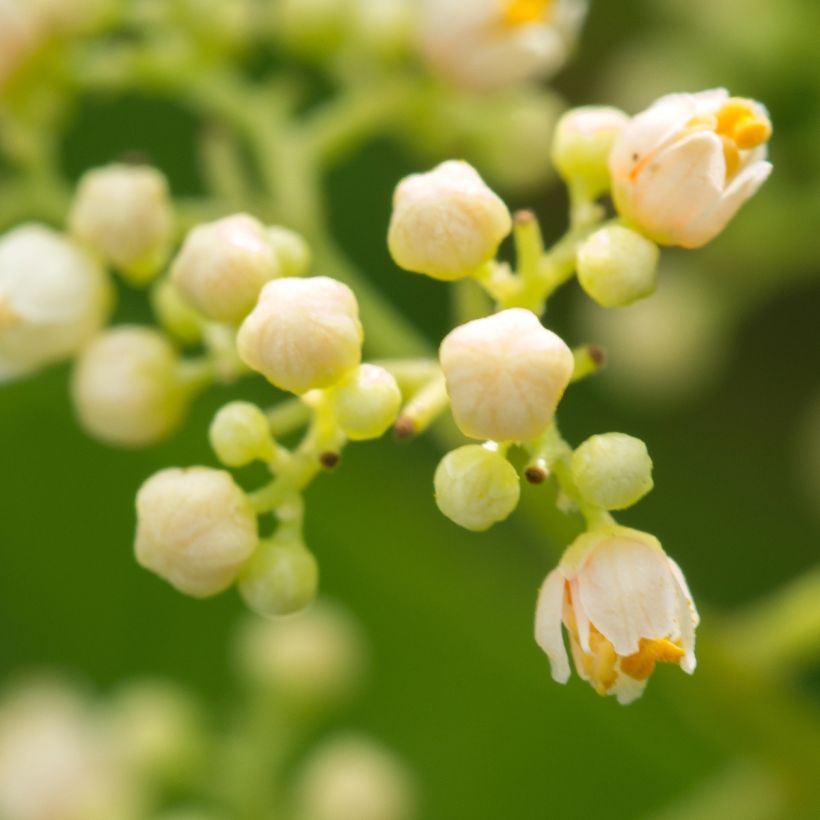

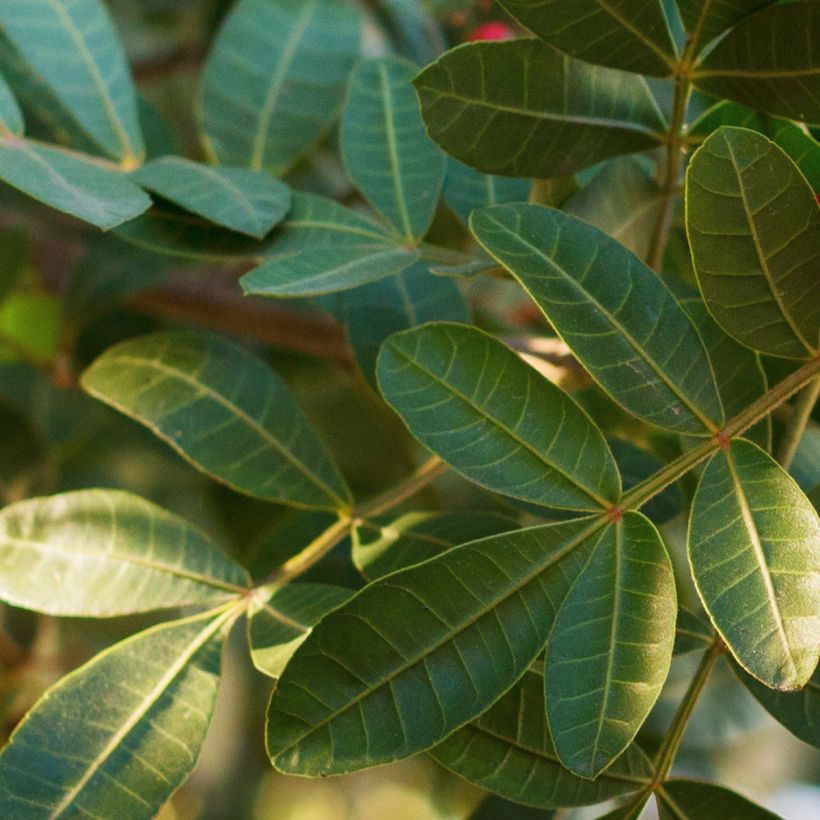

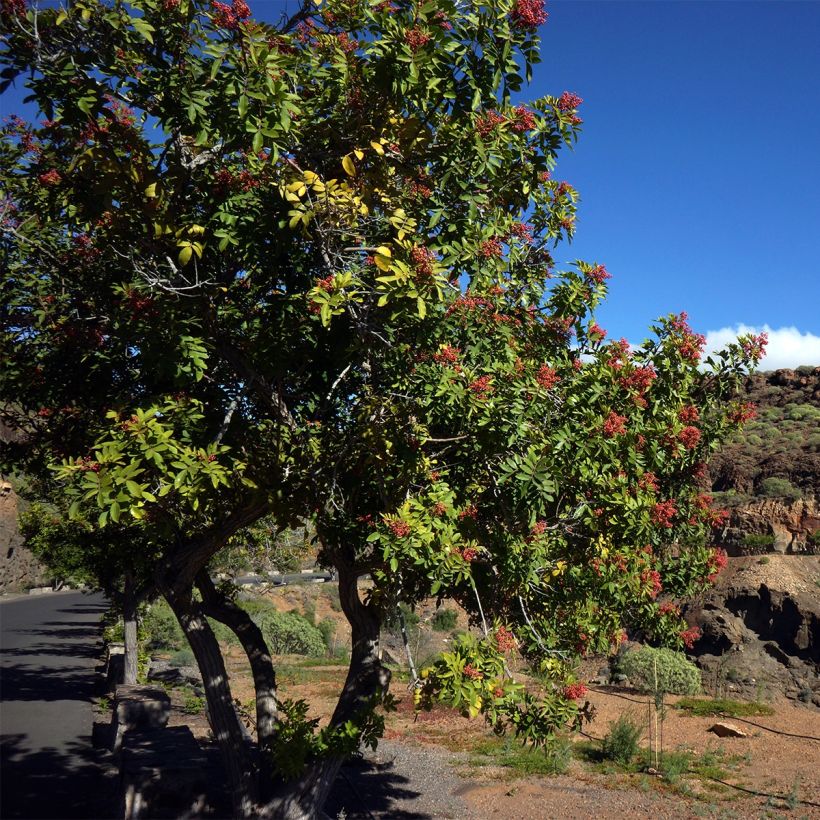

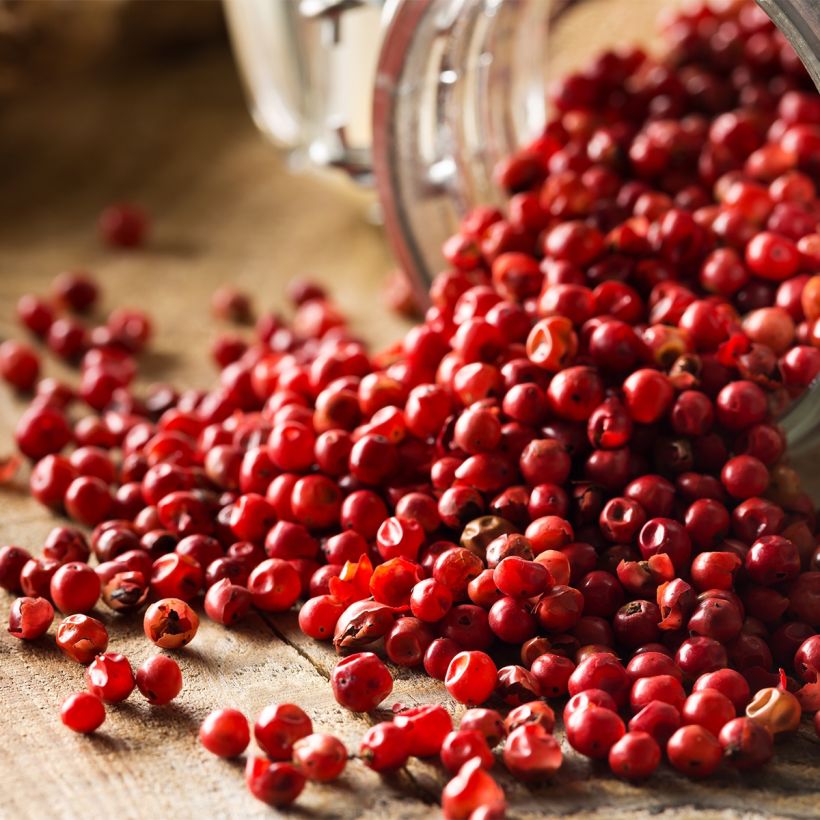

Plant habit
Flowering
Foliage
Botanical data
Schinus
terebinthifolius
Anacardiaceae
Brazilian Pepper Tree, Florida Holly, Christmasberry
South America
Other Shrubs A to Z
Planting and care
Schinus terebinthifolius is a frost-tender tree that can only be grown in open ground in warm and sunny regions where temperatures do not drop below -4 to -5 °C. Young plants must be even more protected from the cold. The foliage does not tolerate direct sea spray: make sure to place it in the second row, sheltered by other trees. Elsewhere, it can be grown in a large pot protected from frost in winter (in an unheated and bright location).
This False Pepper Tree is best planted in full sun in deep, loose soil close to neutral (neither too acidic nor alkaline). To ensure a good start, take care to plant it in deeply worked soil to allow its roots to penetrate more quickly. Regular deep watering should be done periodically during the planting year, and in very dry summers during the following two years. Once well-rooted it tolerates summer drought well. In winter, it is preferable for the soil to be dry (reduce watering for potted plants).
Example of substrate to use for pot cultivation (large volume, perforated, with drainage layer at the bottom): 1/3 garden soil, 1/3 horticultural compost, 1/3 coarse sand.
Planting period
Intended location
Care
-
, onOrder confirmed
Reply from on Promesse de fleurs
Evergreen shrubs
Haven't found what you were looking for?
Hardiness is the lowest winter temperature a plant can endure without suffering serious damage or even dying. However, hardiness is affected by location (a sheltered area, such as a patio), protection (winter cover) and soil type (hardiness is improved by well-drained soil).

Photo Sharing Terms & Conditions
In order to encourage gardeners to interact and share their experiences, Promesse de fleurs offers various media enabling content to be uploaded onto its Site - in particular via the ‘Photo sharing’ module.
The User agrees to refrain from:
- Posting any content that is illegal, prejudicial, insulting, racist, inciteful to hatred, revisionist, contrary to public decency, that infringes on privacy or on the privacy rights of third parties, in particular the publicity rights of persons and goods, intellectual property rights, or the right to privacy.
- Submitting content on behalf of a third party;
- Impersonate the identity of a third party and/or publish any personal information about a third party;
In general, the User undertakes to refrain from any unethical behaviour.
All Content (in particular text, comments, files, images, photos, videos, creative works, etc.), which may be subject to property or intellectual property rights, image or other private rights, shall remain the property of the User, subject to the limited rights granted by the terms of the licence granted by Promesse de fleurs as stated below. Users are at liberty to publish or not to publish such Content on the Site, notably via the ‘Photo Sharing’ facility, and accept that this Content shall be made public and freely accessible, notably on the Internet.
Users further acknowledge, undertake to have ,and guarantee that they hold all necessary rights and permissions to publish such material on the Site, in particular with regard to the legislation in force pertaining to any privacy, property, intellectual property, image, or contractual rights, or rights of any other nature. By publishing such Content on the Site, Users acknowledge accepting full liability as publishers of the Content within the meaning of the law, and grant Promesse de fleurs, free of charge, an inclusive, worldwide licence for the said Content for the entire duration of its publication, including all reproduction, representation, up/downloading, displaying, performing, transmission, and storage rights.
Users also grant permission for their name to be linked to the Content and accept that this link may not always be made available.
By engaging in posting material, Users consent to their Content becoming automatically accessible on the Internet, in particular on other sites and/or blogs and/or web pages of the Promesse de fleurs site, including in particular social pages and the Promesse de fleurs catalogue.
Users may secure the removal of entrusted content free of charge by issuing a simple request via our contact form.
The flowering period indicated on our website applies to countries and regions located in USDA zone 8 (France, the United Kingdom, Ireland, the Netherlands, etc.)
It will vary according to where you live:
- In zones 9 to 10 (Italy, Spain, Greece, etc.), flowering will occur about 2 to 4 weeks earlier.
- In zones 6 to 7 (Germany, Poland, Slovenia, and lower mountainous regions), flowering will be delayed by 2 to 3 weeks.
- In zone 5 (Central Europe, Scandinavia), blooming will be delayed by 3 to 5 weeks.
In temperate climates, pruning of spring-flowering shrubs (forsythia, spireas, etc.) should be done just after flowering.
Pruning of summer-flowering shrubs (Indian Lilac, Perovskia, etc.) can be done in winter or spring.
In cold regions as well as with frost-sensitive plants, avoid pruning too early when severe frosts may still occur.
The planting period indicated on our website applies to countries and regions located in USDA zone 8 (France, United Kingdom, Ireland, Netherlands).
It will vary according to where you live:
- In Mediterranean zones (Marseille, Madrid, Milan, etc.), autumn and winter are the best planting periods.
- In continental zones (Strasbourg, Munich, Vienna, etc.), delay planting by 2 to 3 weeks in spring and bring it forward by 2 to 4 weeks in autumn.
- In mountainous regions (the Alps, Pyrenees, Carpathians, etc.), it is best to plant in late spring (May-June) or late summer (August-September).
The harvesting period indicated on our website applies to countries and regions in USDA zone 8 (France, England, Ireland, the Netherlands).
In colder areas (Scandinavia, Poland, Austria...) fruit and vegetable harvests are likely to be delayed by 3-4 weeks.
In warmer areas (Italy, Spain, Greece, etc.), harvesting will probably take place earlier, depending on weather conditions.
The sowing periods indicated on our website apply to countries and regions within USDA Zone 8 (France, UK, Ireland, Netherlands).
In colder areas (Scandinavia, Poland, Austria...), delay any outdoor sowing by 3-4 weeks, or sow under glass.
In warmer climes (Italy, Spain, Greece, etc.), bring outdoor sowing forward by a few weeks.

































